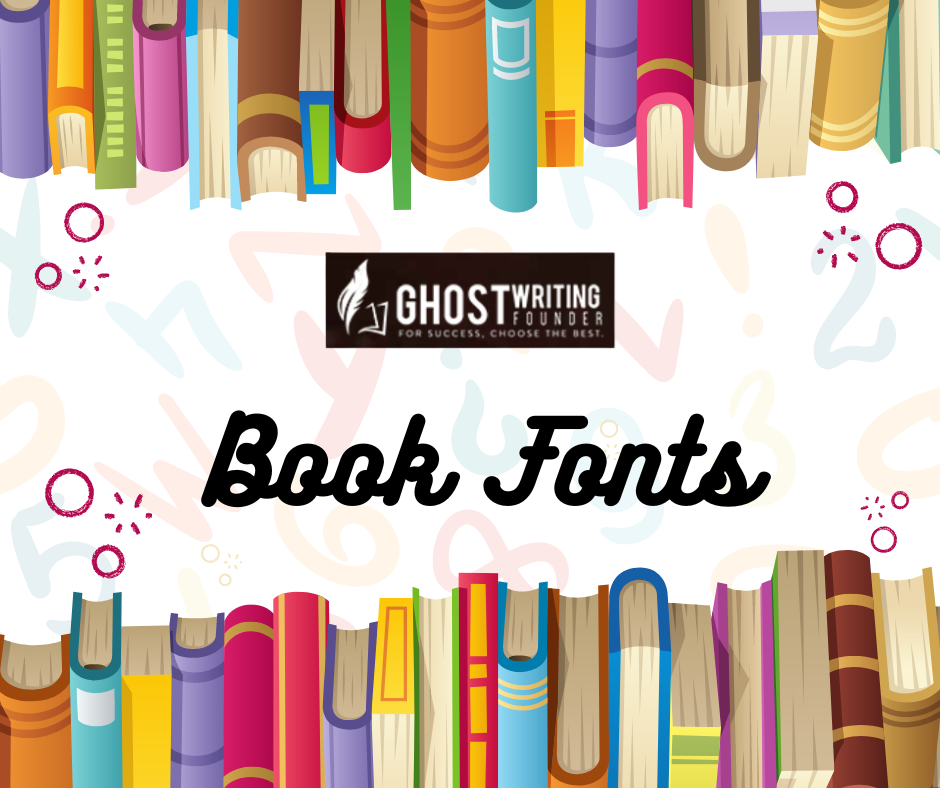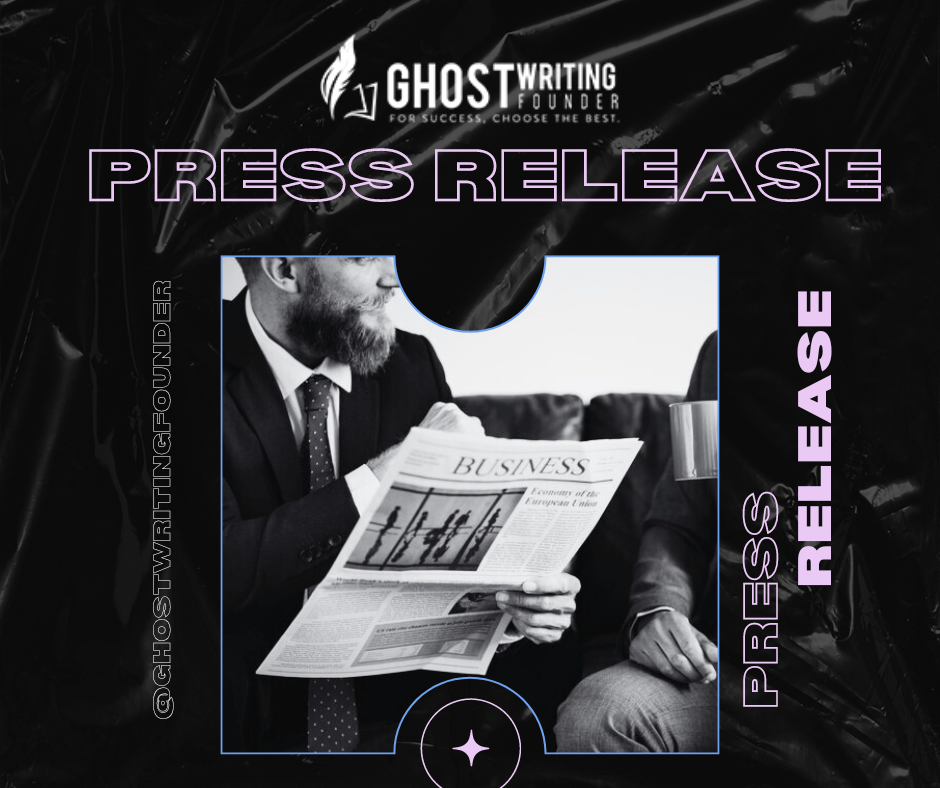
Book
Picking the best fonts for your book cover is super important, but many people don’t think about it much. The fonts you choose affect how your book feels and what kind of book it seems to people who might want to read it. In this guide, we’ll talk about choosing book fonts, including their kinds, how easy they are to read, and even what fonts might be best depending on where your readers are from or if you can legally use them.
Understanding Different Book Font Styles for Covers
Let’s discuss different book font styles for book covers in detail:
Serif Fonts: Adding Elegance and Tradition
Serif fonts bring a classy and traditional vibe, making them perfect for cover designs and typesetting, aiming for a timeless feel. These book fonts feature small lines at the ends of their strokes, giving them a classic charm. They work well for genres like historical fiction and romance, giving a sense of heritage and captivating the viewer with their graceful curves and dignified appearance.
Sans-serif Fonts: Embracing Modernity and Simplicity
Sans-serif fonts offer a sleek and modern look, appealing to contemporary readers. Clean lines and no fancy decorations provide clarity and simplicity, making them great for genres like contemporary fiction, thriller, or self-help books.
Script Fonts: Adding Personality and Charm
Script fonts add a personal and artistic touch to book covers, bringing warmth and individuality to the design. Their flowing strokes and varying cursive styles make them feel like handwritten text, suitable for genres emphasizing personal stories like non-fiction books or romance novels. However, balancing style with readability is crucial to avoid hindering legibility.
Display Fonts: Making a Bold Statement
Display book fonts, grab attention, and boldly comment on book covers. They come in various styles, from bold and dramatic to quirky and playful, enhancing thematic elements and capturing readers’ imaginations. Whether it’s a fantasy, children’s book writing, or niche non-fiction, display book fonts can amplify the cover’s impact, ensuring they complement rather than overshadow other design elements.
Matching Book Fonts with Genre
Romance:
When writing a romance novel, you want the fonts to reflect the feelings of love and passion that your story is about. Think of elegant, flowing fonts and maybe even a little dreamy. These fonts can help set the perfect tone for your romantic tale, making readers feel swept away by your characters’ emotions.
Mystery/Thriller:
In a mystery or thriller novel, it’s all about keeping readers on the edge of their seats, wondering what will happen next. The book fonts you choose should add to the suspense and intrigue of your story. Look for bold and mysterious fonts, maybe with a hint of danger or excitement. These fonts can draw readers deeper into the mysterious world you’ve created, making them eager to uncover the secrets hidden within your pages.
Science Fiction/Fantasy:
Regarding science fiction or fantasy novels, the fonts you choose can help transport readers to otherworldly empires and enhance the immersive experience of your story. Think of futuristic or fantastical fonts with unique shapes and designs that capture the imagination. These fonts can help create a sense of wonder and adventure, inviting readers to explore the fantastical worlds you’ve created.
Non-Fiction:
For non-fiction works, clarity and professionalism are essential. Your fonts should be easy to read and convey a sense of authority and reliability. Look for clean, straightforward fonts that project professionalism and make your information easy to digest. These fonts can help establish trust with your readers and ensure your message comes across clearly and convincingly.
Legibility and Readability
Legibility means how easy it is to read individual letters. Readability is about how comfortable it is to read longer blocks of text. Both are important when picking fonts for your book because they affect how well people can read your writing.
Font Size and Spacing
Font size and the space between letters and lines are essential for readability, especially in small spaces like on phone screens or small pictures. It can be hard to read if the font is too small or the spacing is too tight. But if it’s too big or spread out, it might look strange. You need to find the right balance.
Contrast with Background
It’s also essential to make sure your font stands out from the background of your book cover. If they’re too similar, it’s hard to see the words. But if they’re too different, it might look weird. You must pick fonts and colors that look good together and make your words easy to read.
DIY vs. Hiring a Designer
Deciding whether to tackle your book cover design or hire a professional service like Ghost Writing Founder can be a significant decision. Here’s a breakdown of the advantages of each option:
Hiring a Professional Designer:
Expertise and Experience:
Professional book cover designers have the skills and knowledge to create visually appealing and marketable covers. They understand design principles, typography, and industry trends, ensuring your cover stands out.
Elevated Quality:
A professional designer can elevate your cover design to a higher standard, potentially increasing its appeal to readers and enhancing your book’s overall credibility.
Time and Effort Saved:
Designing a book cover can be time-consuming and challenging, especially if you’re not experienced in graphic design. Hiring a designer allows you to focus your time and energy on writing and other aspects of publishing.
Customization and Personalization:
Working with a designer allows you to communicate your vision and preferences, creating a customized cover that accurately reflects your book’s content and style.
DIY (Do-It-Yourself):
Cost Savings:
Designing your book cover can save money, particularly if you’re on a tight budget. With access to design tools and resources, you can create a professional-looking cover at a fraction of the cost of hiring a designer.
Creative Control:
Designing your cover gives you complete creative control over the process. You can experiment with different fonts, images, and layouts until you achieve your book’s desired look and feel.
Hands-On Learning Experience:
Designing your cover can be a valuable learning experience, allowing you to develop new skills and gain insights into the design process. Even if the final result isn’t perfect, you’ll learn from the process and improve with each attempt.
Flexibility and Freedom:
Designing your cover independently allows you to make changes and revisions without relying on external parties. You can iterate quickly and adapt your design based on feedback or evolving preferences.
Legal Considerations
It’s crucial to make sure you’re using book fonts legally to prevent any problems with copyright later on. By understanding the rules around font usage, you can ensure that your publishing journey goes smoothly without any legal issues cropping up.
Conclusion
Choosing the right fonts for your book cover is a nuanced process that requires careful consideration of various factors, from genre expectations to legibility and legalities. By understanding the impact of font selection on reader perception and employing best practices in typography, you can make a captivating book cover that entices readers and accurately reflects the essence of your work.









Leave a Reply